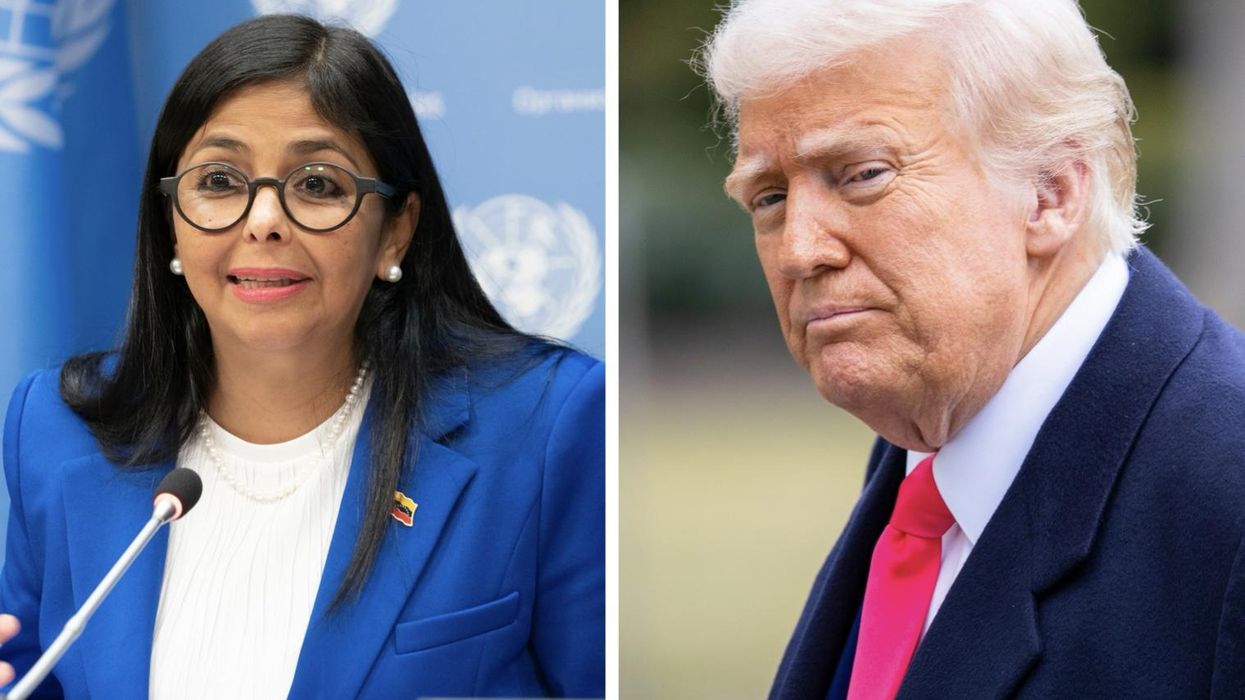While a degree of competition with Beijing is inevitable, the United States needs to stress cooperation with China in key areas such as climate change and public health.
With its latest summit in Tokyo, the four-nation Quad (U.S., India, Japan and Australia) has taken a few steps further in its focus on countering China. The announcement of a new initiative against illegal fishing (the “Indo-Pacific Partnership for Maritime Domain Awareness”) and the commitment of $50 billion in "assistance and investment" over the next five years for infrastructure in the region were the two most concrete initiatives from the meeting.
Apart from these, progress was reported in the Quad's climate change (mitigation and adaptation), cyber, space, critical technologies, and educational areas of activity. However, the exact sources and relative contributions from each state for the $50 billion in infrastructure investments have not been clarified.
As I wrote in a previous article, the Quad has until recently been essentially a talk shop sending diplomatic signals of a joint front against China. A major concrete deliverable however (unmentioned in its summit and officially disavowed by the grouping) has been hard security, with the Malabar exercise by the same four states steadily growing in terms of sophistication and contingency planning.
Since 2021, a vaccine initiative has also gotten off the ground delivering hundreds of millions of doses to Asia. Though behind its original schedule, the vaccine initiative has made a positive contribution to the region. Supply chain resilience is also an important activity the Quad can contribute to, though here the preferences of some Asian states may be weaker or divergent from Washington’s preferences of strong decoupling from China.
Despite the Quad's new economic and developmental initiatives, the U.S. still lacks a clear economic strategy in Asia. The Indo-Pacific Economic Framework for Prosperity, also announced during the Biden trip, is still lacking in details and appears to contain few incentives for regional states to sign on to.
Though Beijing is still not officially mentioned anywhere in the Quad's statements, the China focus of the Quad is becoming even clearer. However, the Quad pointedly excludes China in all its initiatives, including climate change. Since President Biden has called climate change an "existential" threat (and this term is also used in the joint statement's accompanying fact sheet), it makes sense for the Quad to include China in this arena, including in humanitarian assistance and disaster relief.
This is also true for the Quad's approach to ASEAN. Though "ASEAN unity and centrality" was mentioned in the joint statement as before, the Quad appears to be building structures parallel to and separate from ASEAN. There is room in Asia for multiple groupings and initiatives, but as the continent's most successful experiment in integration and peace, ASEAN ought to be engaged much more seriously by the Quad.
More broadly, the Quad's continued gelling as a part of President Biden's China-containment Indo-Pacific strategy, along with China's intrusive activities in maritime and terrestrial domains, adds to sharpening divides in Asia. With Russia and China converging even further in wake of the Ukraine crisis, as evidenced by their joint nuclear flyby near Japan yesterday, these trends accelerate the division of major powers into two blocs reminiscent of the Cold War. Though the Quad is unlikely to become a formal alliance in the foreseeable future, it is essentially a bloc by stealth — increasingly looking and feeling like an alliance.
"We're not seeking a new cold war or a world divided into rigid blocs" said President Biden in his speech at the United Nations in 2021. It behooves upon him (as also the leadership in Beijing) to be true to his word and try his best to find ways to cooperate and even launch joint initiatives with China, especially in arenas such as climate change and public health, thereby helping arrest the current dangerous trend in Asia toward confrontation and potential conflict.
















